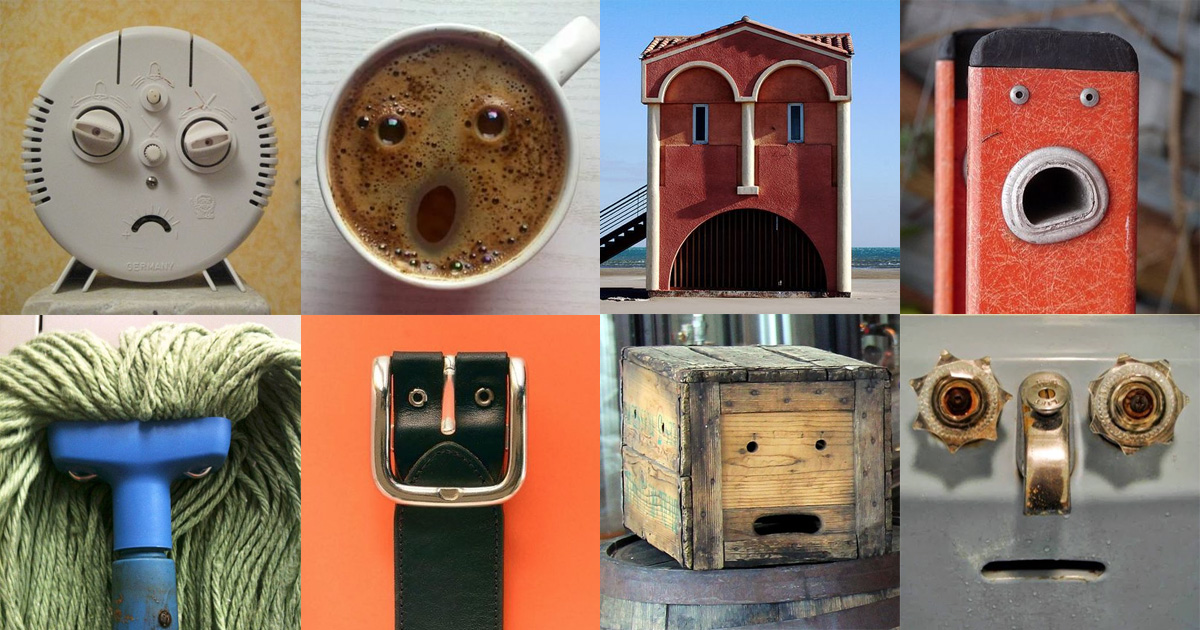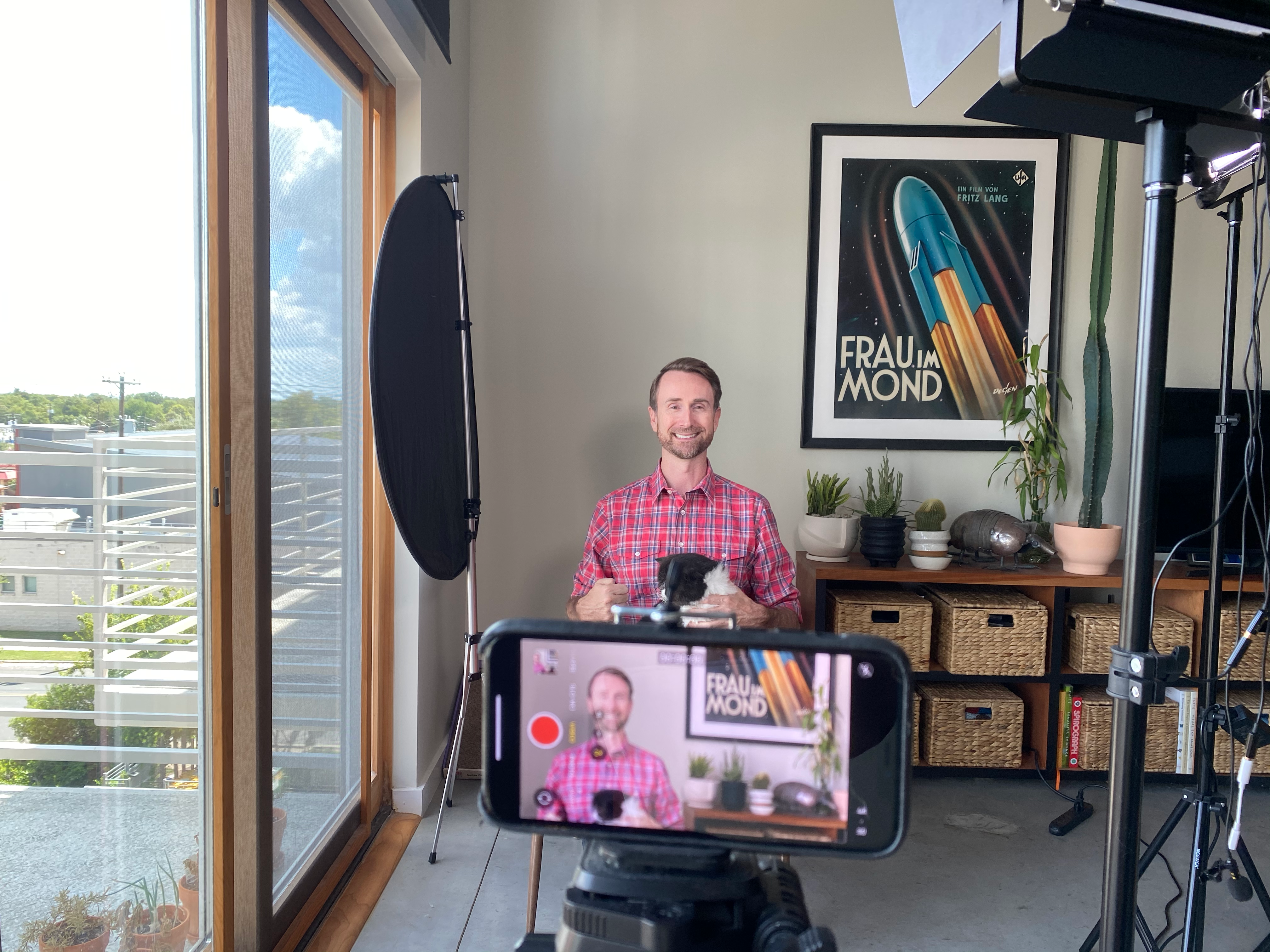Smiling and the rubber band effect
In part 1, we covered a practice technique called the “Hello Video”. In part 2, we’ll address how to project warmth and connect with your audience.

“Could you smile a little more?” said my colleague, Madeline.
“I am smiling,” I said, through gritted teeth.
I was smiling in my mind’s eye. But she wasn’t wrong. When I looked at the footage, I was disappointed: my face conveyed almost no emotion.
If you’re trying to attract new business, develop your brand, or distinguish yourself from competitors, video allows you to connect with people in ways that other mediums cannot.
One major way this happens is through the warmth that video allows. Video is a warm and signal-rich medium: it conveys body language, facial expressions, and other nonverbal information.
But how do you convey warmth–openness, kindness, listening ability—on video?
Simple answer: smile.
The Power of the Face
Human beings are hardwired to respond to faces. Eons of evolution led us to recognize the subtleties of expressions and facial features. It’s why we see faces in things that aren’t faces:

We are hardwired to respond positively to smiling faces.
The thing is, I already knew all of this. And I was pretty sure I was smiling when the camera was rolling.
The Rubber Band Effect
Then I discovered a phenomenon I call the rubber band effect, which dictates that you need to “over-smile” when you are on camera. Video conveys more richness than writing or audio—but you still need to amp up the signal when you’re boxed into a rectangular screen. In other words, you need to exaggerate in video to come off as expressive as you would in real life.
Imagine a brand new rubber band. In your mind, stretch it out, almost to its limits. When the rubber band contracts, it doesn’t return to its original size. The size it returns to is wider than it was before.
The way you smile on camera works the same way. Film a hello video where you try on an oversized, amplified smile. It will feel weird. And that’s OK. When you send that to a friend, see if they say anything. If they don’t mention it, ask them directly: “was there anything weird about that video?”.
If you’re being weird, they’ll tell you. But you’re not: they will tell you that you just seemed in a good mood or even excited.
Put it into Practice
Send out some hello videos. But amp up your smile. Almost uncomfortably so. Send those videos to a handful of people, and if you feel comfortable, ask them for feedback. How can you improve?
In the next part of the series, we’ll address the ways we’re hard on ourselves and how to get past it.
